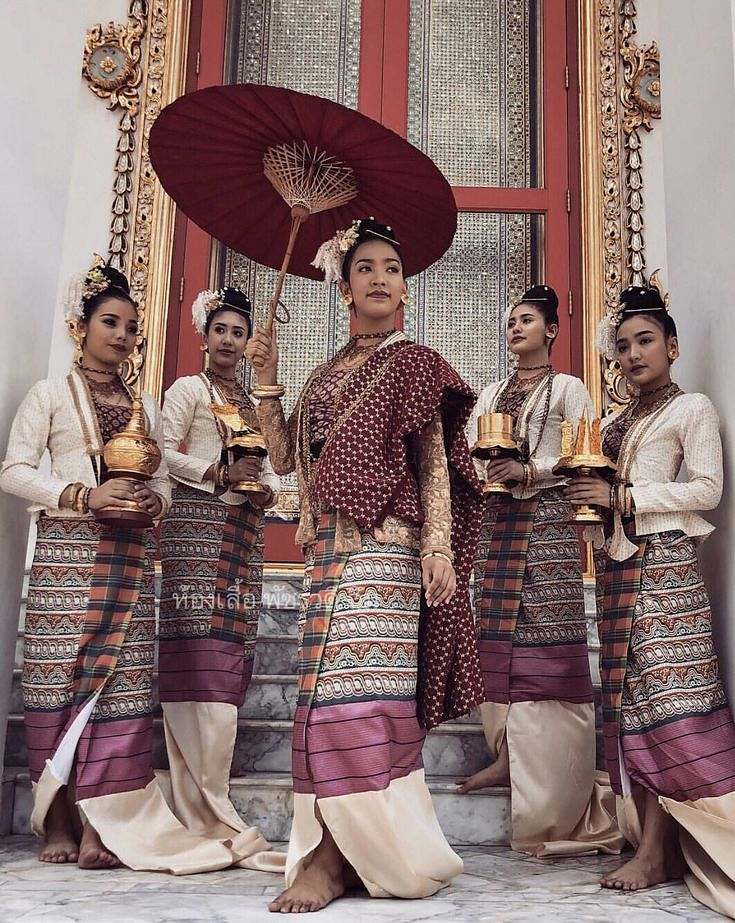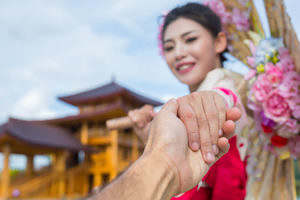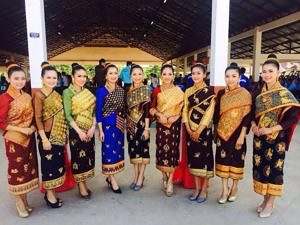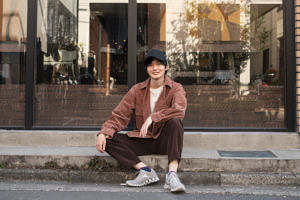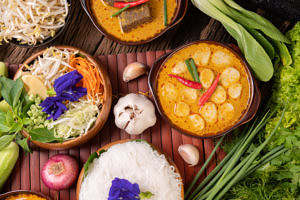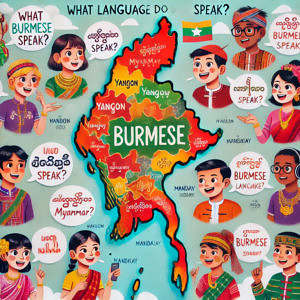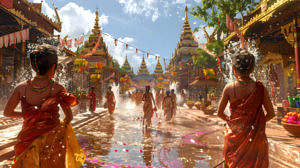Myanmar Culture Dress
Myanmar is a country with lots of history and culture. It has a colorful tradition of clothes that change depending on the group of people. Traditional clothes are more than just style. They show the country’s history, people’s social level, and who they are. This article talks about the special clothes in Myanmar, why they matter, and how they’ve changed over time.
Historical Context of Myanmar Traditional Dress
Influence of Ethnic Diversity
Myanmar has more than 135 different ethnic groups. This diversity has greatly shaped the clothes people wear. Each group wears something special that shows their culture and where they live.
Evolution Over Time
The clothes in Myanmar have changed over hundreds of years. They have new influences but still keep their unique features.
The Importance of Traditional Clothing in Burma
Cultural Identity
Traditional clothes are very important in showing who the people of Myanmar are. They connect people to their history and ancestors.
Social Status and Occasions
What people wear and the material of their clothes can show how important they are. There are also special clothes for events like weddings, religious events, and festivals.
Main Types of Myanmar Traditional Dress
Longyi
A key piece of clothing in Myanmar, the longyi is worn by both men and women. It’s a big part of Myanmar’s culture.
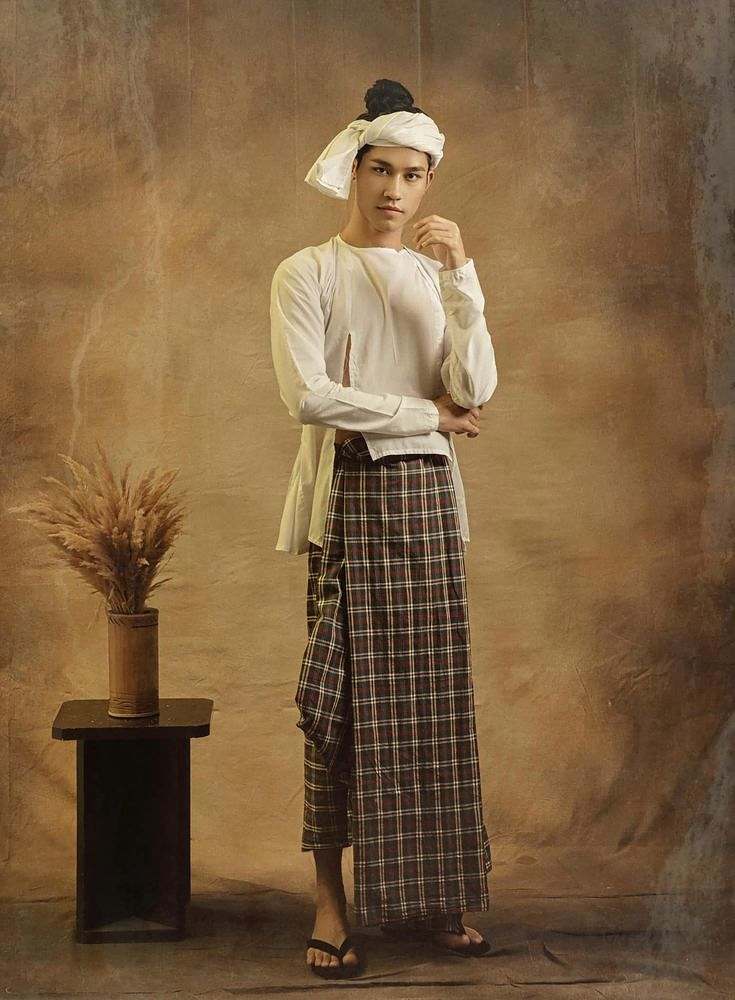
Taikpon and Einpootaik
Men wear taikpon and einpootaik as tops for special events.
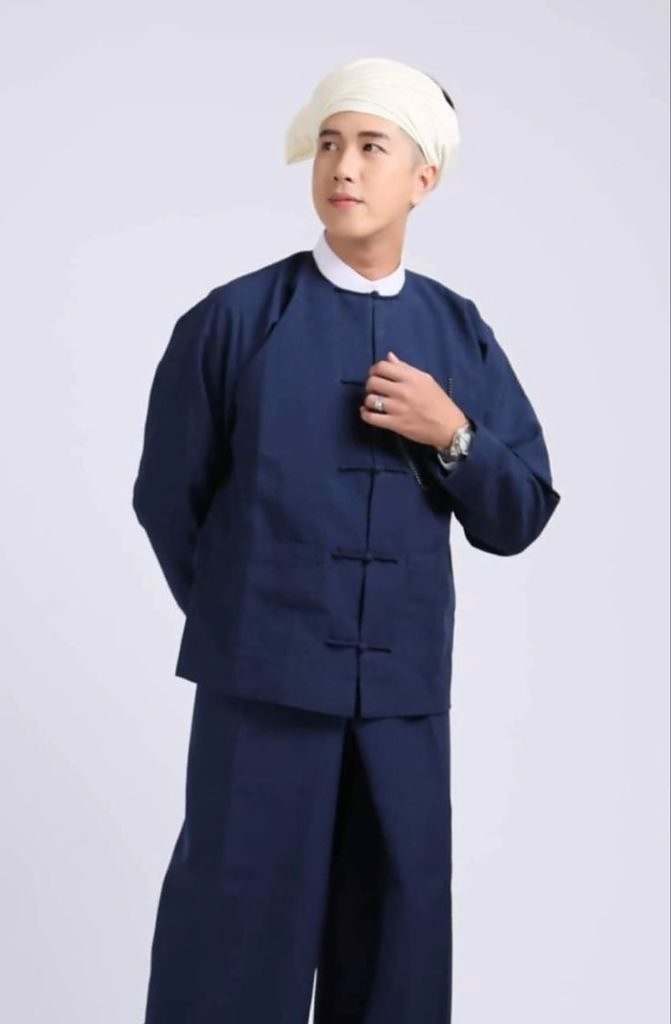
Gaungbaung
A traditional headwear, the gaungbaung, looks different among the various ethnic groups.
Women’s Traditional Dress
Htamein
The htamein is a skirt that’s crucial to a Myanmar woman’s traditional clothes.
Blouse and Jacket Varieties
Women wear detailed blouses and jackets with their htamein to show their style and the event.
Men’s Traditional Dress
Paso
The paso is like the htamein but for men. It’s a bottom piece of clothing.
Shirt and Jacket Styles
Men’s shirts and jackets are made to go with the paso, usually for formal times.
Accessories and Ornaments
Jewelry
Jewelry and ornaments are very important in Myanmar’s traditional clothes. People wear different pieces for different events.
Footwear
The shoes you wear should fit the event and what you’re wearing. They complete the outfit.
Traditional Dress in Contemporary Myanmar
Modern Adaptations
Lately, Myanmar’s traditional clothes have gotten a modern twist. This keeps them in style today.
Preservation Efforts
People are working to keep traditional clothes as an important part of Myanmar’s culture.
Challenges and Future Prospects
Even though there are challenges today, traditional clothes are still a big part of what makes Myanmar’s culture special.
Conclusion
Myanmar’s traditional clothes are a colorful mix of the country’s rich history and diversity. They show the strength and beauty of Myanmar’s culture.
What makes the longyi important?
The longyi is significant for several reasons. Firstly, it’s a symbol of Myanmar’s rich cultural heritage, representing both the country’s history and its diverse communities. It’s worn by people from all walks of life, showcasing unity and national identity. Additionally, the longyi is praised for its versatility and comfort, suitable for the country’s climate. It also plays a key role in special occasions, reflecting the wearer’s social status and respect for tradition.
How have Myanmar’s traditional clothes changed?
Over the years, Myanmar’s traditional clothes have adapted to include modern elements, blending old designs with new styles and fabrics. This evolution reflects changes in societal norms, technology, and global fashion trends. While traditional motifs and methods of wearing such garments remain, there’s now a greater emphasis on convenience and fashion, leading to variations that fit contemporary lifestyles while still honoring cultural roots.
Can people from other countries wear Myanmar’s traditional clothes?
Yes, people from other countries are welcome to wear Myanmar’s traditional clothes. It’s often seen as a gesture of respect and appreciation for the culture. However, it’s important to wear these garments with sensitivity and awareness of their cultural significance. Learning about the proper way to wear them and understanding the context of various traditional outfits can help ensure that this cross-cultural exchange is respectful and appreciative.
How do people keep traditional clothes safe in Myanmar?
In Myanmar, efforts to preserve traditional clothes involve both formal initiatives and community practices. Museums, cultural organizations, and artisans work together to maintain the craftsmanship and knowledge behind traditional attire. There are also educational programs aimed at teaching younger generations about the importance of their cultural heritage. Additionally, festivals and cultural events provide opportunities for people to wear and celebrate traditional garments, keeping the traditions alive and relevant.
What problems do Myanmar’s traditional clothes face today?
Today, Myanmar’s traditional clothes face several challenges. The rise of fast fashion and globalization has led to a decreased interest in traditional attire among the younger generation, who often prefer more modern clothing. There’s also the issue of preserving the craftsmanship and skills required to create these garments, as fewer people take up the trade. Economic factors can also affect the production and purchase of traditional wear, making it harder for artisans to sustain their livelihoods. Despite these challenges, there’s a strong sense of pride and ongoing efforts to keep traditional clothing a vital part of Myanmar’s cultural identity.

